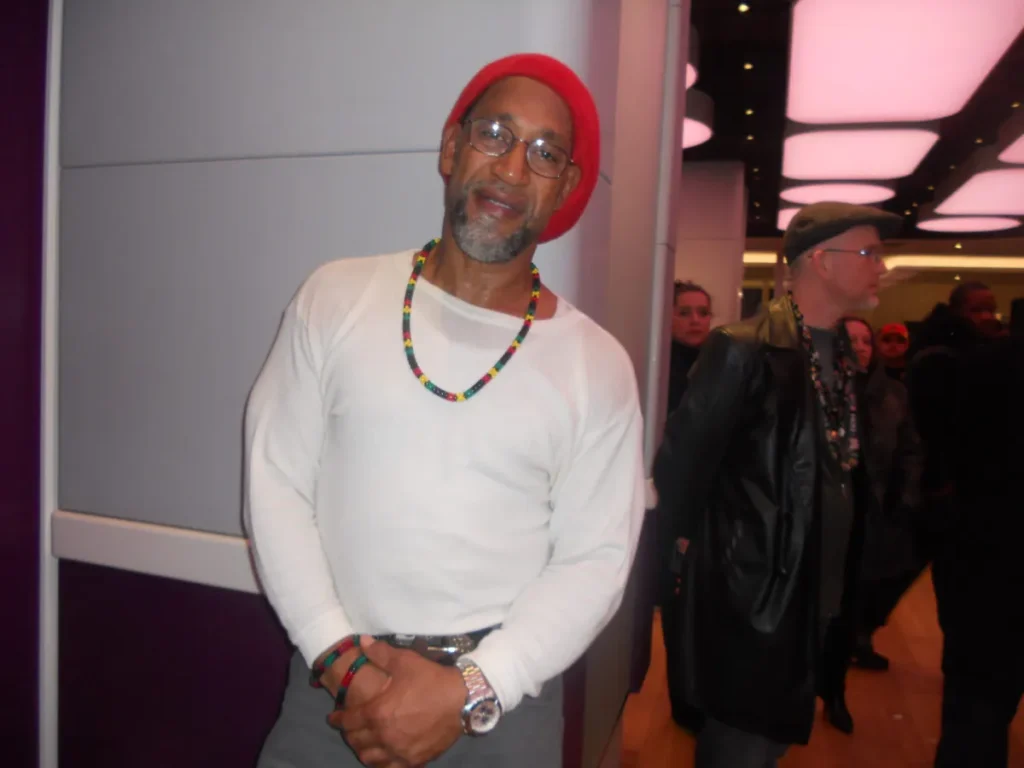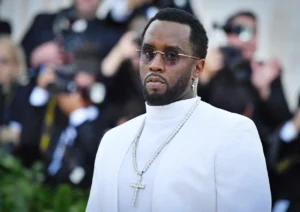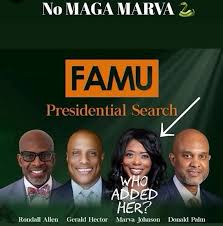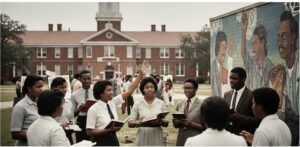Hip hop’s cross-country growth

Birthed in the West Bronx on Aug. 11, 1973, hip hop is now the world’s most dominant music genre. By the time the late 1980s rolled around hip hop’s “True Skool” era was concluding, and innovative sampling techniques, along with more complex lyrics, helped usher in “Hip Hop’s Golden Era,” from the mid-1980s to mid-1990-s. This was a period of rapid expansion for the culture.
Although prolific MCs from the early 1980s like Melle Mel, Grandmaster Caz and Kool Mo Dee earned ’nuff respect, it seems that fans who lived outside NYC couldn’t vibe with their urban swag and street tales. However, by mid-decade Queens artists like Run-DMC and LL Cool J were more relatable to, and embraced by, them. Run-DMC’s 1986 collabo with rock group Aerosmith, “Walk This Way” was one of hip hop’s first cross-genre hits and showcased urban culture to suburban audiences.
Some artists who came out by decades’ end from Long Island like Rakim, Public Enemy, De La Soul, and A Tribe Called Quest (Queens); sold platinum-plus without compromising their artistry. In fact, Rakim is still regarded as the greatest MC ever. Along with inner-city lyrical assassins KRS-ONE, Big Daddy Kane, and Kool G Rap; they upped the ante on word play while also kicking consciousness and achieving commercial success.
“We needed the voice of these young rappers to address the social conditions that were going on,” reflected social photographer Jamel Shabazz. “‘Self-Destruction’ and ‘We’re All In The Same Gang,’ that’s when I saw the true power of hip hop. Artists were using their platforms to address social issues.”
Also, “Wild Style,” “Beat Street,” and “Krush Groove,” were among several popular movies which helped cast the hip hop spell on untold millions globally.
Not to be lost is the fact that music production and computer technology played a major part in hip hop’s global growth. In the beginning artists mostly rhymed over previous generation’s instrumentals by artists like James Brown, as well as breakbeats. The Roland TR-808 drum machine was introduced in 1980, which music producers utilized to provide drum patterns, while loping popular samples over them. By 1985 super producer, DJ Marley Marl, had created the “chopping drums” sampling technique which revolutionized the craft.
Computer technology advanced how music was created. The SP-1200 and MPC-60 samplers, introduced in the late-’80s, allowed music makers to be much more creative. Producers like Pete Rock, DJ Premier, Large Professor, Easy Mo Bee, the Beatminers and the D.I.T.C. collective were laying tracks for the ’90s best MCs like Biggie Smalls, Nas, Tupac, and Jay Z. Staten Island’s Wu Tang Clan is one of the greatest ensembles of urban talent in music history.
Radio stations across the country also began incorporating exclusive rap music shows into their weekly programming, and many people began to accept that what they initially thought was just a fad, is actually a well-respected culture that is here to stay.
By the beginning of the 1990s talented artists out of California like N.W.A., Compton’s Most Wanted and DJ Quik, were laying down the G Funk-laced sound, while Outkast, Arrested Development, Goodie Mob, Master P, and Juvenile were among those doing the same from the rural South in cities like Atlanta, Louisiana and Richmond, expanding rap’s demographics.
Also, several artists began featuring in films, heightening their exposure.
“More fans outside of the urban environment could relate to living in single houses with lawns, than they could to being stacked up in public housing buildings for blocks on end,” contends social observer, La Meh Nua. “New York always had the best MCs, but the West Coast sold more records cuz people related more to their lifestyles.”
Rap music has dominated the charts while hip hop culture has helped mold the world we currently live in.
“When songs like Public Enemy’s ‘Fight The Power’ went global people listened,” Jamel stated. “Artists realized their influence and became a global voice.”
Several local events are scheduled for this August 11 in commemoration of hip hop’s 50th anniversary, including a major performance at Yankee Stadium, “Hip Hop 50 Live.”








